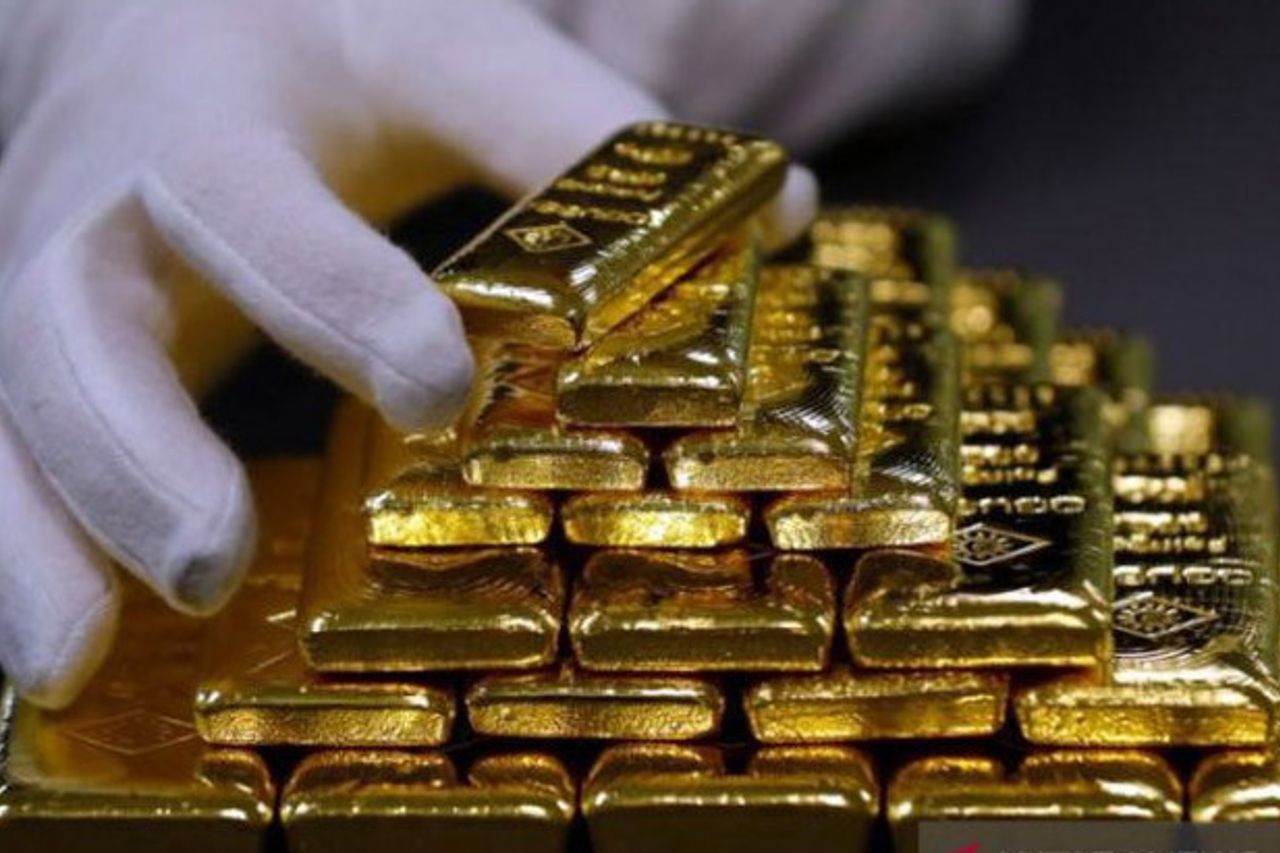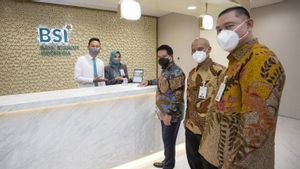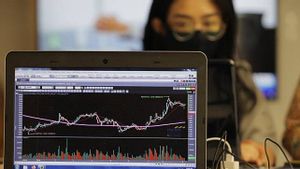Abundant Gold Potential, Government Speeds Up Formation Of Bullion Bank

JAKARTA - The government through the Coordinating Minister for the Economy Airlangga Hartarto plans to accelerate the realization of the formation of a bullion bank as a follow-up to the economic potential of the presence of the PT Freeport Indonesia smelter in Gresik, East Java.
According to Airlangga, Indonesia has large gold reserves. In fact, he revealed that Freeport's business activities in the Papua mine are the largest production area in the world. Not to mention if you look at the capacity of the Gresik smelter, it is believed that it will be able to produce gold of no less than one ton per week.
For this reason, Airlangga hopes that this opportunity can be seized as soon as possible so that bullion banks can facilitate economic transactions with gold as a medium of exchange.
"This bullion bank can be an opportunity, and if it can be realized then we no longer need to send gold to Singapore," he said through an online channel while speaking at the BRI Microfinance Outlook forum, Thursday, February 10.
Airlangga added that conventional banks such as BRI could play a role in realizing this important agenda. The reason is, with the company's capacity as the largest bank in Indonesia in terms of assets, BRI is believed to have its own advantages.
SEE ALSO:
"Of course, this is homework for BRI to welcome the time frame in 2023. So it is hoped that it can immediately draw up the appropriate regulations and capabilities," he said.
For information, Indonesia is known as the seventh-largest country in gold production with an average output of around 130 tons per year. In the Grasberg area in Papua, this precious metal reserve is believed to be up to 30.2 million ounces.
Although Indonesia's gold content is very large, the level of absorption in the domestic market is still low, which is only around 172,000 ounces per year.
Meanwhile, bank bullion can later be optimized for various productive activities, such as sources of industrial financing, product diversification for banks, and saving foreign exchange.


